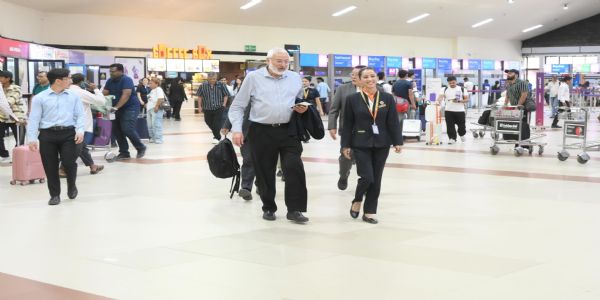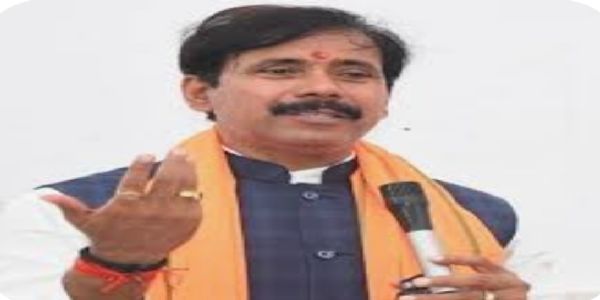
Kolkata, 11 June (H.S.): In a significant move aimed at preventing structural failures and ensuring public safety, the Supreme Court’s Road Safety Committee has mandated a technical audit of all bridges, flyovers, and culverts under the jurisdiction of the West Bengal government and the National Highways Authority of India (NHAI) at least once every three years.
The directive was conveyed through an official letter from Sanjay Mittal, Secretary of the Road Safety Committee, to West Bengal Chief Secretary Manoj Pant. The committee has instructed the state to prepare an annual inspection calendar for all bridge and culvert structures, which must be submitted to the Union Ministry of Road Transport and Highways.
The audit must adhere strictly to Indian Roads Congress (IRC) standards to ensure a precise assessment of structural integrity. According to sources in Nabanna (the state secretariat), West Bengal currently has more than 2,200 bridges of various sizes, all maintained by the Public Works Department (PWD).
While the state government already conducts routine health checks on bridges before the monsoon season, the Supreme Court’s directive seeks to institutionalize a more rigorous and systematic evaluation process. The aim is to eliminate the risk of future accidents by identifying early signs of structural weaknesses.
A senior PWD official explained that the audit involves an in-depth assessment of each structural component. In cases where visible deterioration or cracks are not evident, sound and tactile techniques are employed. For instance, engineers use hammer tapping to detect internal fractures through variations in sound.
Each audit culminates in a comprehensive report that details the current condition of the structure, any identified defects, supporting photographic evidence, and recommended remedial actions.
The new mandate follows heightened safety concerns stemming from the collapse of the Majerhat Bridge in central Kolkata in September 2018—a tragedy that prompted the state government to initiate mandatory pre-monsoon inspections. Now, under the Supreme Court’s oversight, these measures will be significantly strengthened. The state will be required to submit detailed annual reports to the Centre, outlining the condition, repair needs, and structural changes of each bridge.
Hindusthan Samachar / Satya Prakash Singh







